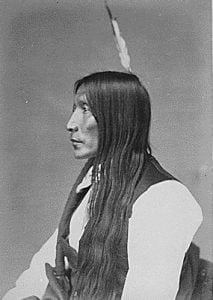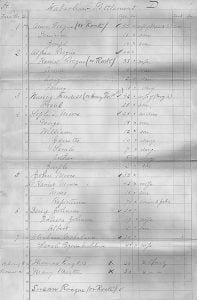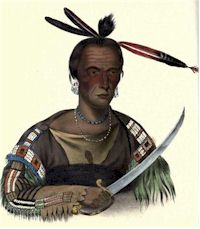Treaty of August 19, 1825
Treaty with the Sioux and Chippewa, Sacs and Fox, Menominie, Ioway, Winnebago, and a portion of the Ottawa, and Potawattomie Tribes. The United States of America have seen with much regret, that wars have for many years been carried on between the Sioux and the Chippewas, and more recently between the confederated tribes of Sacs and Foxes, and the Sioux; and also between the Ioways and Sioux; which, if not terminated, may extend to the other tribes, and involve the Indians upon the Missouri, the Mississippi, and the Lakes, in general hostilities. In order, therefore, to promote peace among these … Read more






